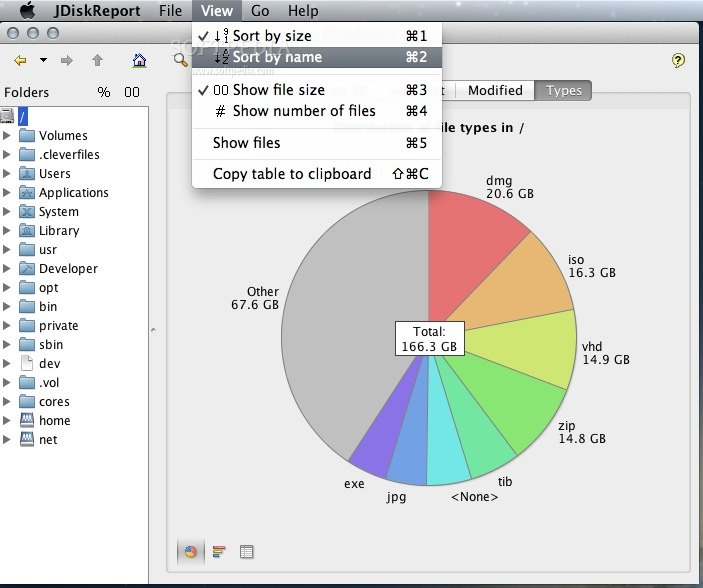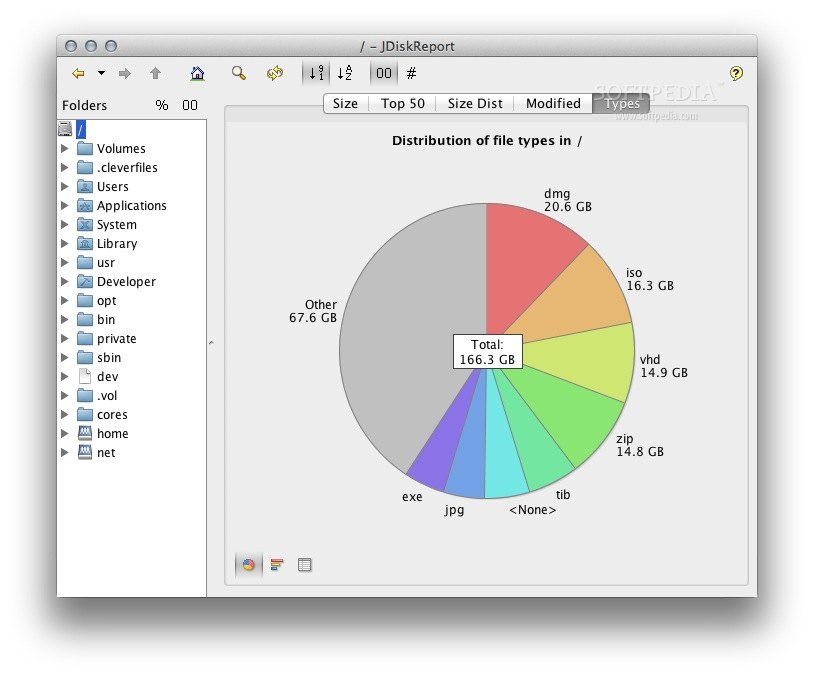
A console interface with a command line shell that allows users to execute text input as commands and convert these commands to appropriate functions., not in the user interface.
#Configure jdiskreport code#
Using a hex code for the key-value is supported only in the CLI Command-Line Interface. Note that in this example, the key-value is a hex code. NTP is a protocol for synchronizing the clocks of computers over a network. The following example synchronizes with the primary NTP Network Time Protocol. The following example configures the key-index, key-value, and encryption type for the primary and secondary NTP Network Time Protocol. To view the list of supported time zones, enter show all-timezones. mode, SHA is not a supported encryption type. FIPS refers to a set of standards that describe document processing, encryption algorithms, and other information technology standards for use within non-military government agencies, and by government contractors and vendors who work with these agencies.

NOTE: In FIPS Federal Information Processing Standards. The SHA algorithm includes the SHA, SHA-1, SHA-2 and SHA-3 variants. SHA is a family of cryptographic hash functions. Select one of the two options for Encryption Type: An ASCII code is a numerical representation of a character or an action. string must start and end with one of the following characters: string for the Key Value, note that it cannot contain the following characters:įinally, the Key Value ASCII American Standard Code for Information Interchange. An ASCII code is a numerical representation of a character or an action. When entering an ASCII American Standard Code for Information Interchange. Up to 20-character printable ASCII American Standard Code for Information Interchange. The Key Valueis a form of shared secret, which both the client and server use for authenticating NTP Network Time Protocol. client and server have to trust the same key index and key value pair for authentication to succeed. The key-index value can be from 1 to 65534 inclusive. The Key Index (also referred to as the Key ID) is a number that specifies the index for key values. server name or IP address to an existing list of secondary NTP Network Time Protocol. NOTE: Do not use the -A and -s parameters together in a single command, as this can trigger an Invalid Syntax error message.Īdd an additional NTP Network Time Protocol. Failure to define at least two secondary servers will trigger a warning mesage. When Policy Manager is in CC mode, you must configure a primary server and at lwast two secondary servers. For example, configure date -p us. -s -s Use this parameter create a list of up to four secondary NTP Network Time Protocol.

NOTE: You can specify a destination node with an IPv6 address enabled.

servers one primary server, and up to four secondary servers. Starting with Policy Manager 6.9, Policy Manager can support up to five NTP Network Time Protocol. Specify the primary NTP Network Time Protocol. Table 1: Configure Date Command Parameters The following table describes the parameters for the configure date command: configuration changes.Ĭonfigure date -p ] The Audit Viewer ( Monitoring > Audit Viewer) tracks NTP Network Time Protocol. (Network Time Protocol) servers, the key index, key value, encryption type, and optionally, the time zone for the publisher.

Use the configure date command to specify the cluster's primary and secondary NTP Network Time Protocol. The ClearPass Policy Manager command line interface includes the following configure commands:


 0 kommentar(er)
0 kommentar(er)
